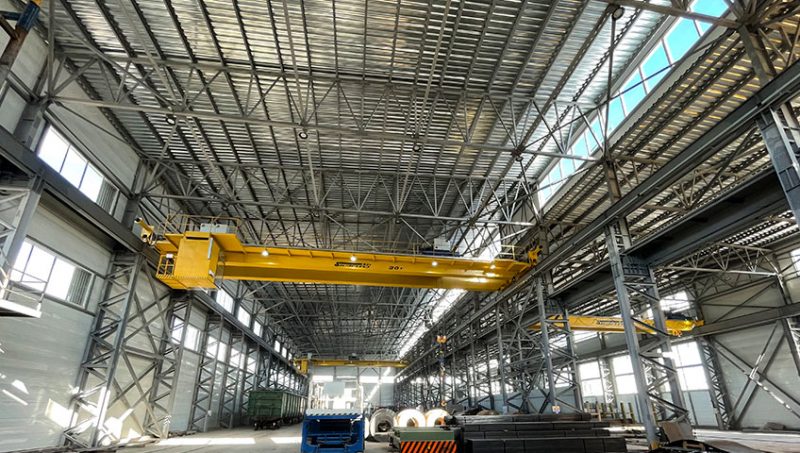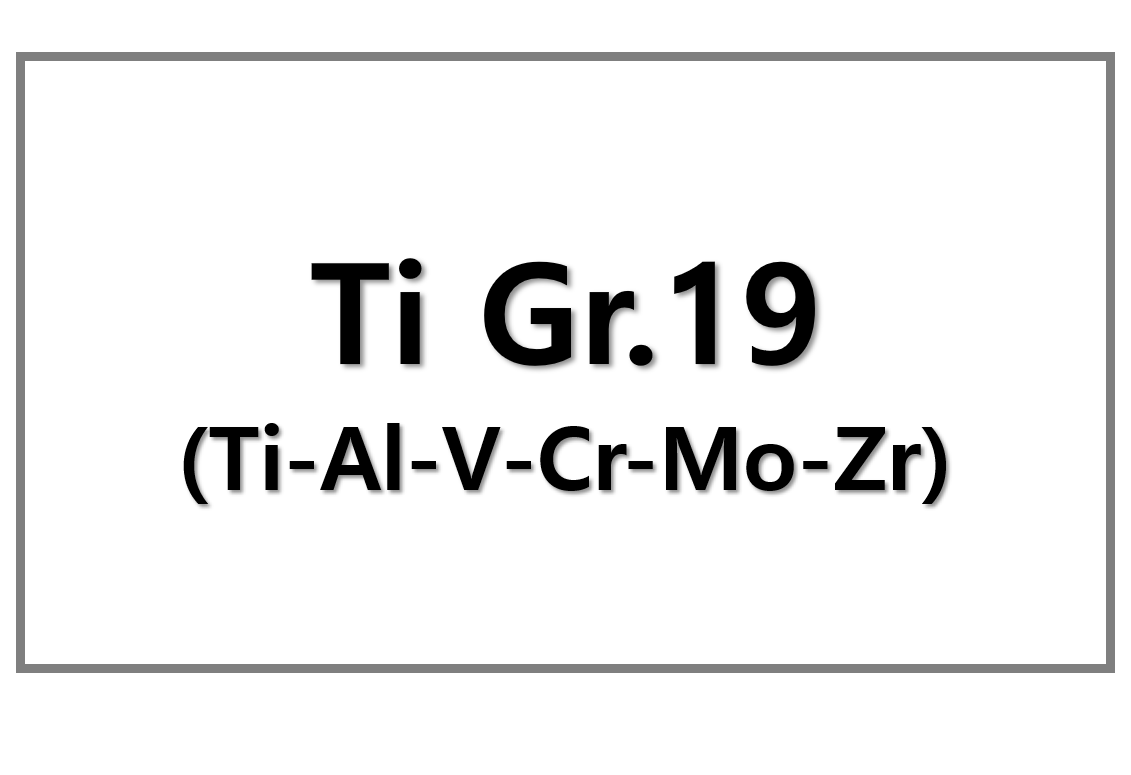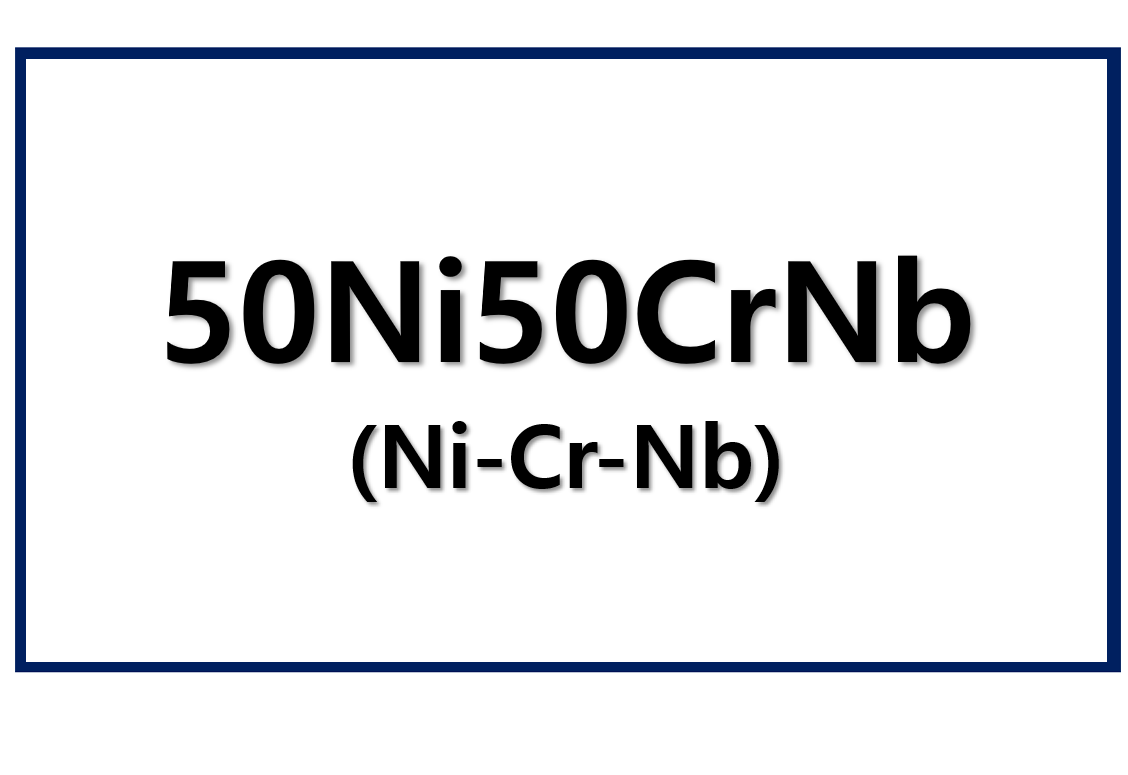
Steel Structure Consumption in Ukraine Sees Strong Recovery
Ukraine’s steel structure market rebounded in 2024, with consumption reaching 91,000 tons—a 15% year-on-year increase. This growth reflects early signs of recovery following the disruptions caused by the war and related economic instability. According to the Ukrainian Steel Construction Center (USCC), this momentum is expected to continue, with projected consumption growth of 10–12% in 2025.
This uptick comes as Ukraine ramps up infrastructure reconstruction projects, fueled by rising imports and demand for construction steel. Public infrastructure investments, including energy and logistics facilities, played a significant role in driving steel usage in the first half of the year.
Economic Challenges Still Present, But Outlook Remains Optimistic
Despite the positive trend, challenges remain. Ongoing energy supply disruptions, workforce shortages from mobilization, and logistical constraints continue to hinder smooth market growth. However, the USCC believes that stabilizing economic conditions and further international funding will support future demand.
The Ukrainian government and global partners are urged to maintain their support. According to the USCC, upcoming public procurement programs, restoration of the power sector, and the construction of industrial and logistics centers will shape market dynamics in 2025.
In 2024, total construction output in Ukraine rose by 15.5% year-on-year, reaching ₴204.7 billion ($5.1 billion). Although this marks progress, it still falls 45.2% short of pre-war 2021 levels.
Steel demand patterns also shifted in 2024. Usage of road-related steel structures declined, while demand surged for energy facilities and agriculture-based construction. This trend highlights a shift in national priorities amid reconstruction efforts.
At SuperMetalPrice, we continue to track structural steel demand and price trends across key regions. Ukraine’s market recovery is a strong indicator of post-crisis rebuilding potential and long-term regional resilience.











Leave a Reply
You must be logged in to post a comment.